
This logo isn't an ad or affiliate link. It's an organization that shares in our mission, and empowered the authors to share their insights in Byte form.
Rumie vets Bytes for compliance with our
Standards.
The organization is responsible for the completeness and reliability of the content.
Learn more
about how Rumie works with partners.

Do you like putting together jigsaw puzzles? Are you new to puzzles or looking for ways to get better?
Puzzles are more fun when they're challenging but not frustrating, so using the right strategies will make it easier to find just the right piece.
Did you know?
Choose The Right Challenge
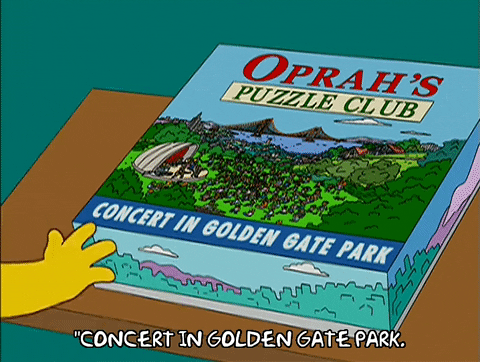
Select a puzzle that interests you and matches your skill-level.
If you're new to puzzles, start small with rectangular-shaped 250-500 pieces puzzles. The shape and larger-sized pieces are enough to feel like a challenge and keep you motivated to complete the puzzle.
If you're an avid puzzler, challenge yourself to build oval and/or circular-shaped puzzles with a higher piece count of 750+ pieces.
Practice Practical Puzzling
Select a workspace that has good natural lighting, and a flat surface that won't be disturbed by other activities.
If that’s not possible, choose lamps and portable surfaces like roll-up puzzle mats, cardboard, or jigsaw cases that are easy to move and keep your puzzle intact.
Take note of the finished size of the puzzle, usually indicated on the puzzle box. This will help you select a workspace large enough to build your puzzle, as well as sort and store your pieces as you work.
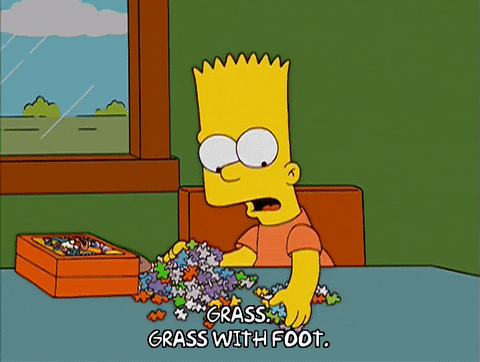
Quiz
Valerie's coffee table can't fit the 1000-piece puzzle she wants to build. Where else could she build the puzzle?
These are all great options for surfaces that can handle Valerie's large puzzle.
Sort, Separate, And Assemble
If you're a novice puzzler:
Sort the edges and the inside pieces picture-side up, separating them by colour/shade or object/character into their own piles on your workspace
Assemble the border of the puzzle using the pieces from the edges pile
Assemble and connect the inside pieces within the border based on where they should be located from the picture, focusing on one pile at a time
If you're an advanced puzzler:
Sort your pieces based on each piece's physical shape: the number of loops (the part that sticks out) and sockets (where it indents), especially when you have similar-looking leftover pieces that you’ve not yet assembled and connected
Line the pieces in rows by colour/shade, noting any faint texture lines or other features that'll help guide the direction the pieces should be placed in
Rotate the pieces in the same direction, assemble, and connect
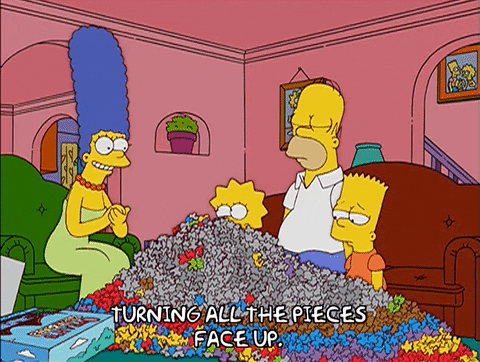
Quiz
George is about to attempt his first 250-piece jigsaw puzzle of the Statue of Liberty. What's one way he can sort the puzzle pieces?
Although the puzzle can be sorted using the other strategies, sorting by color is the easiest for a novice puzzler.
Take Action
Are you ready to solve your jigsaw puzzle?
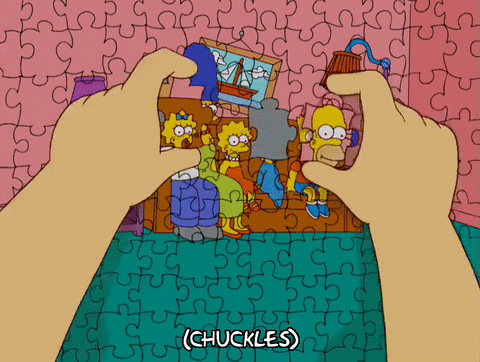
This Byte has been authored by
Stephanie Hare
UX Writer & Content Designer; Edu. Producer
M.S.Ed
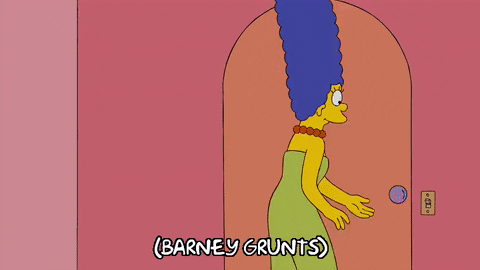
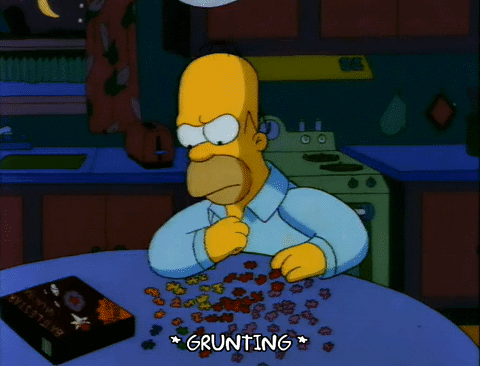 ....you may be tired and/or experiencing burnout. Take as many breaks as you need, including a day or two off.
....you may be tired and/or experiencing burnout. Take as many breaks as you need, including a day or two off.